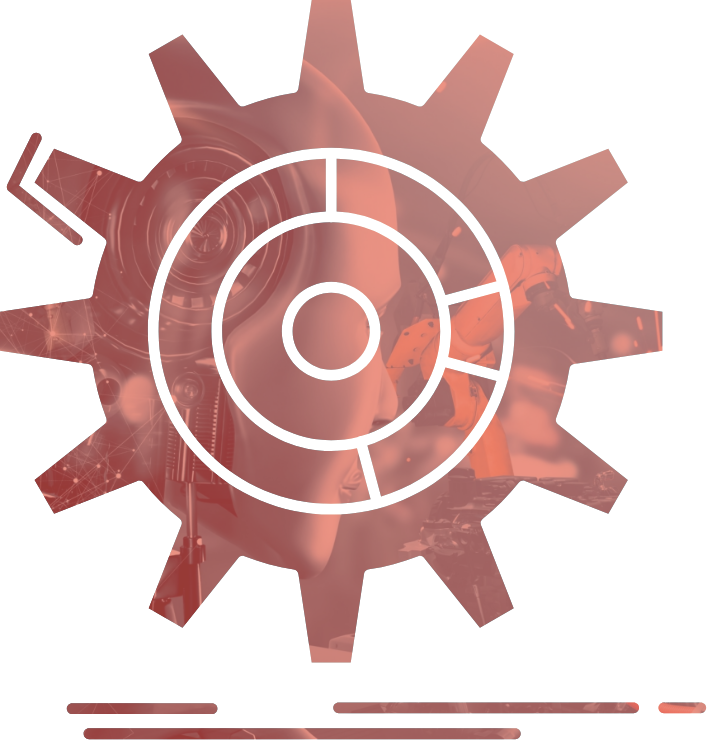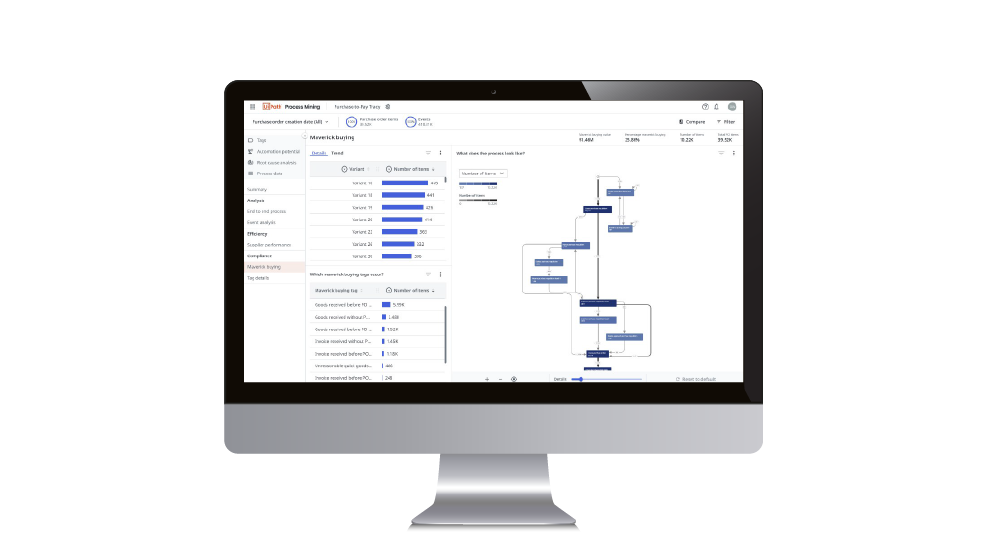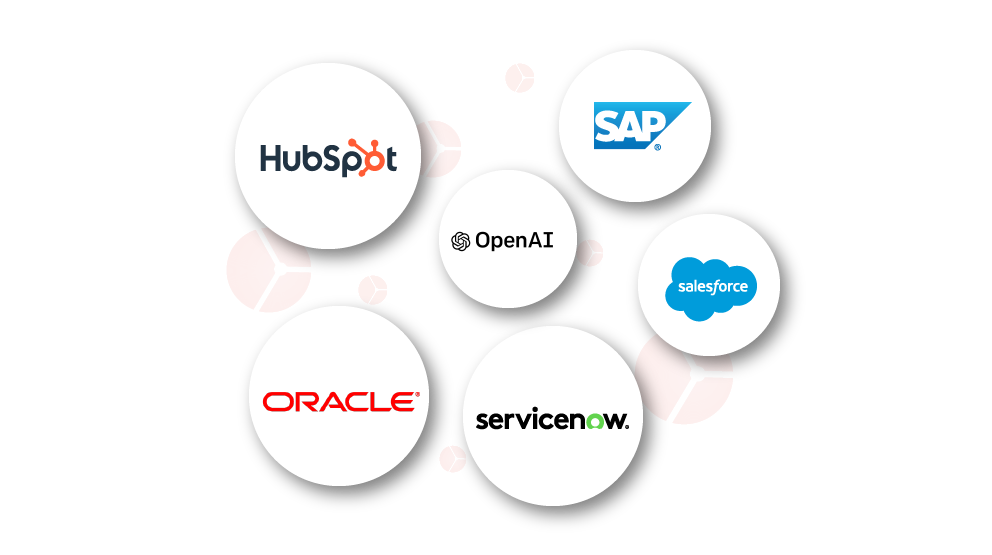
Robotic Process Automation (RPA) is a technology capable of learning, emulating, and executing rule-based processes. RPA robots can interact with any application or system like humans, but they work non-stop, much faster, and without errors. RPA technology is one of the core solutions Encorsa uses in the digital transformation process of companies, alongside the Encorsa BPM platform, Encorsa Conversational AI, and Encorsa IDP.

'Attended' robots are activated by a human operator whenever needed. The 'attended' RPA robot acts as a personal assistant to a human employee (Data Validation Specialist, Call Center Operator, HR Staff, etc.) and assists with small daily tasks or specific parts of a process.
'Unattended' robots are left to handle tasks without being monitored or supported by a human employee. Once configured, unattended robots operate in the background, communicate with other applications, triggering, and completing tasks automatically, without human intervention.
An RPA robot has multiple capabilities and can emulate nearly all human activities. These include opening applications, logging in using a username and password, filling out forms, making selections, executing actions, copying or moving data, files, or folders, extracting data from documents or websites, reading or writing to a database, and opening emails and attachments.
RPA robots are used in situations where there is a need to perform repetitive processes with large volumes of data and multiple manual operations or when transferring data between different software applications without API communication interfaces. These robots are highly versatile and can perform a multitude of tasks, making them a helpful automation solution for various industries such as Financial Services and Banking, Insurance, Healthcare, Manufacturing, Telecommunications, and Retail.
Maximize automation potential with a user-friendly and intuitive interface. Within the RPA platform, you can easily create low-code applications that seamlessly connect all graphical interfaces of legacy software, whether they have APIs or not. The RPA platform allows you to quickly and easily build these applications thanks to its simple drag-and-drop process design interface, which enables you to model schematized data and store company information directly in the application. Once satisfied with your creation, implementing it is as simple as pressing a button.

DID YOU KNOW?
RPA (Robotic Process Automation) technology usually costs one-third of the amount allocated to an external employee
and one-fifth of the amount allocated to an internal employee.

Quickly build workflows across multiple platforms such as Salesforce, Workday, Microsoft, Office 365, SAP®, ServiceNow, Adobe Document Services, and others. Enhance the intelligence of your RPA robots by incorporating ChatGPT into your company's future automation efforts. Enable non-technical users the ability to seamlessly execute API-based integrations for various workflows, including lead-to-lead management and proposal-to-contract workflow optimization.
It's time for digital transformation! Fill in the form with the message "I want free consultancy" and we'll get back to you with details.